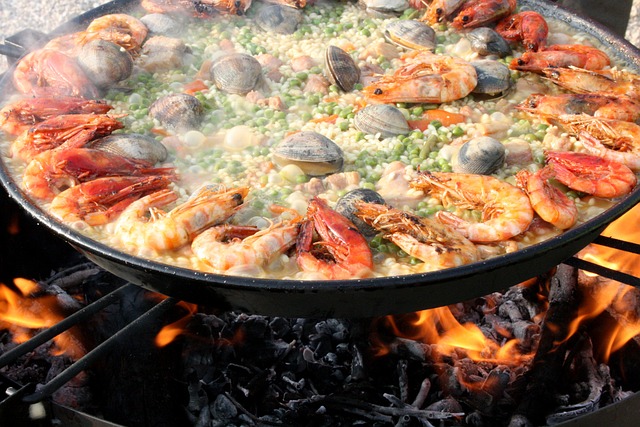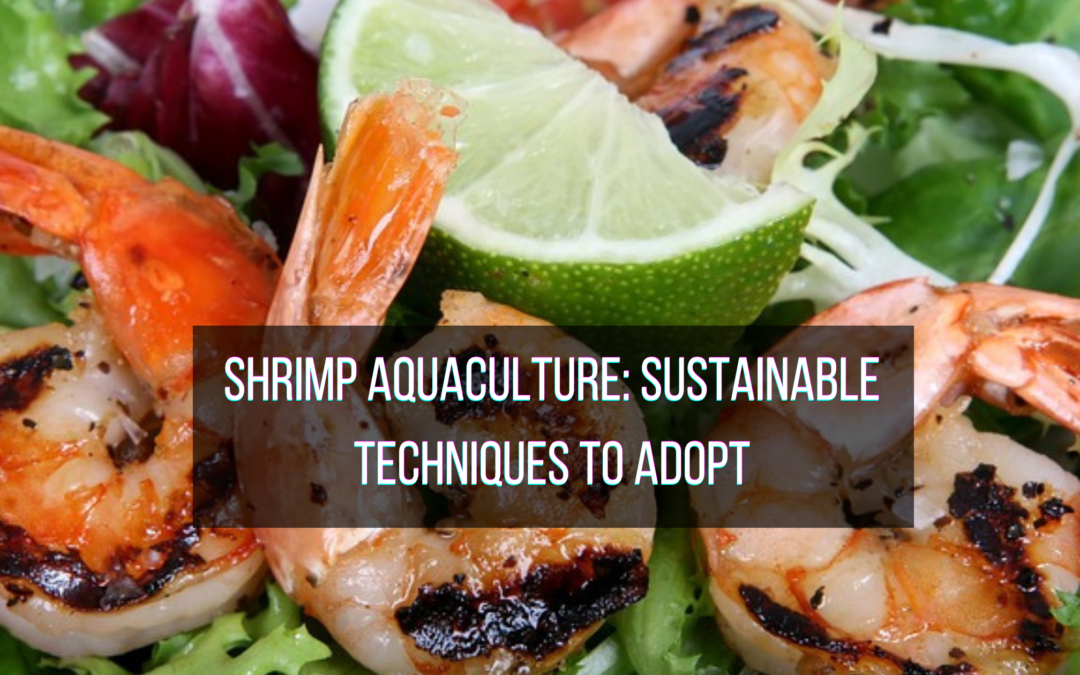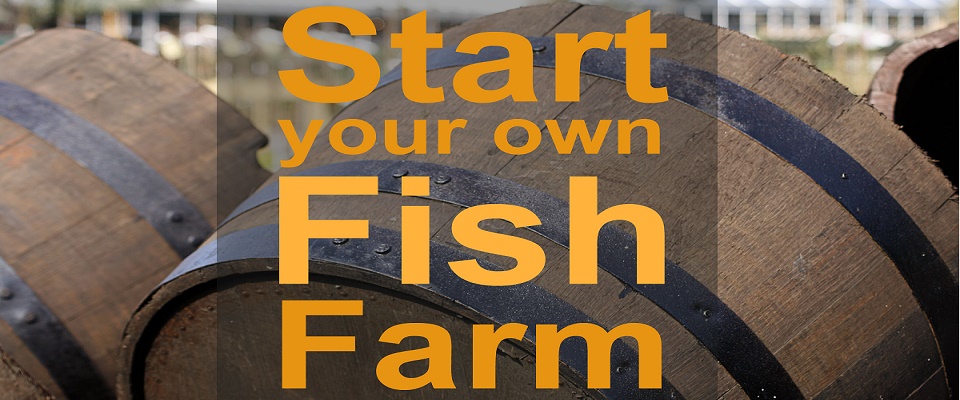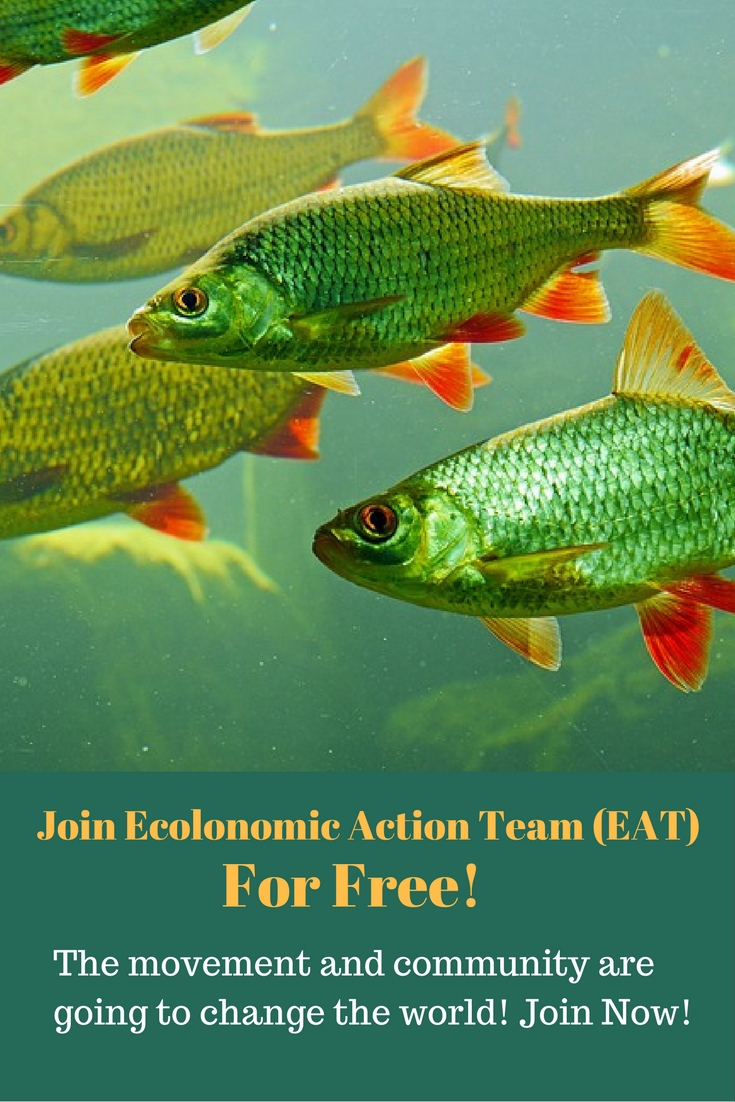Farmed shrimp has been reported to account for about 55% of the total shrimp that’s produced globally. Shrimp aquaculture is undertaken majorly in Thailand, Bangladesh, Vietnam, Indonesia, and other developing countries. Through farming, shrimp as a source of protein has become more available to eager shrimp-loving consumers in the U.S., Europe, and other parts of the world. The number of investors seeking to maximize profits through engagement in farming methods that embrace industrialized processes has so far increased.
There has been a commitment by WWF to help ensure that shrimp is produced in a responsible way. Shrimp farming has been traditionally fractionalized with much of it done on small farms and with small-scale farmers. Many countries that are involved in Shrimp farming normally undertake it as a way of improving the livelihoods of the locals and alleviating poverty. There are various sustainable techniques that farmers can adopt to help improve shrimp aquaculture.
Here are some of the sustainable aquaculture practices to adopt;
Recirculating Fish Farm
Farming shrimp in controlled conditions is on the rise and has been proven to help enhance productivity. This system is different from the traditional ways of practicing aquaculture outdoors in the raceways and open ponds. Under recirculating fish farming; fish can be farmed at high densities using indoor tanks and within a controlled environment. The recirculating systems are used for filtering and cleaning the water which is then recycled back into the fish culture.

With this technique, fresh water gets added to the tanks only to help make up for the water that has been lost through evaporation or for that which has been splashed out. Fish that has been grown through the Recirculation Aquaculture Systems must be provided with all of the necessary conditions to enable the fish to stay healthy. There is a need for a continuous supply of clean water at an ideal temperature alongside dissolved oxygen content that ensures optimum growth.
A filtering system is therefore needed to help purify the water and also aid in the removal of harmful waste products and uneaten feed.
Sustainable Fish Feeding
If farmers are to maximize their production and profitability then the quality of feeds should be taken into consideration. Ensuring that the fish are farmed in an environment that’s healthy is critical for the health of the fish. There is an essential shrimp diet that farmers should consider providing. The sustainable and innovative feeding technique should consist of balanced nutrients. The feed should have an optimal amount of digestible energy alongside a blend of essential fatty acids, amino acids, phospholipids, vitamins, sterols, and minerals. One of the factors that hinder the provision of sustainable feeds is the lack of availability of complete data that contain quantitative nutrient requirements for each of the stages.
Some of the factors that define the quality of sustainable feed include; the nutrient profile of the feeds, anti-nutrient status, texture, particle size, digestibility, attract ability, anabolic efficiency, shelf life, and stability of the nutrients.
Given the scale of the challenges that come with practicing aquaculture; it’s impossible to succeed if you’re working in isolation. Join a team of farmers at EAT Community to learn more about aquaculture.



